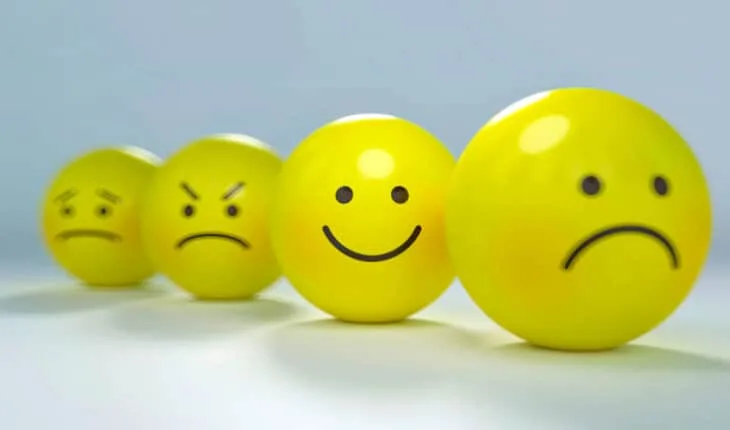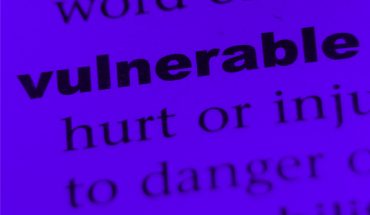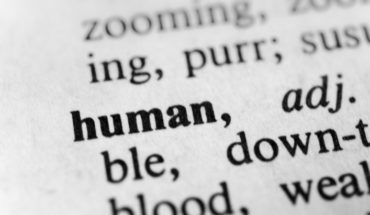TMS vs. Medication: Which is the Better Option for Depression Treatment? Depression is a complex and debilitating mental illness that can manifest in various forms, ranging from mild to severe.
It is not just feeling sad or down; it can cause physical, emotional, and mental symptoms that affect an individual’s daily life. Depression can make it challenging to perform even the most mundane tasks. This article explores two treatment options – medication and TMS for depression – and analyzes which is better for depression treatment.
Standard Treatment Options
Medication and therapy are the two most common treatments for depression. Antidepressants work by regulating neurotransmitters such as serotonin, dopamine, and norepinephrine levels in the brain. These chemicals affect mood, and when they are out of balance, they can cause depression symptoms. The most common antidepressants are selective serotonin reuptake inhibitors (SSRIs) and serotonin-norepinephrine reuptake inhibitors (SNRIs).
While medication can effectively manage depression symptoms, it is not without side effects. Side effects of antidepressants can range from mild to severe, including dry mouth, nausea, insomnia, weight gain, and sexual dysfunction.
Therapy helps individuals learn coping skills and change negative thought patterns. Cognitive-behavioral therapy (CBT) is a type of therapy that focuses on identifying and changing negative thoughts and beliefs that can cause depression. However, therapy can take time to work, and it may not be effective for everyone.
Alternative Options
When standard treatments fail, alternative options such as TMS may be necessary. Transcranial Magnetic Stimulation is a noninvasive, FDA-cleared treatment for depression. It uses magnetic fields to stimulate nerve cells in the brain. It is typically used for individuals who have not responded to other forms of treatment or who cannot tolerate the medication’s side effects. TMS works by targeting specific regions of the brain that are associated with depression, such as the prefrontal cortex.
Studies have shown that TMS can effectively treat major depressive disorder (MDD). TMS is typically administered over several weeks, with each session lasting about 30 minutes.TMS is not associated with any systemic side effects.
Deciding Between Medication and TMS
When deciding between medication and TMS, healthcare providers should consider each individual’s unique circumstances and medical history. Factors such as the severity of depression, the presence of other medical conditions, and the individual’s response to previous treatments should be considered.
It is also important to note that medication and TMS can be used together as part of a comprehensive treatment plan. Healthcare providers may recommend a combination of medication, therapy, and TMS to manage depression symptoms effectively.
Depression is a complex mental health disorder that requires a comprehensive approach to treatment. While medication and therapy are standard treatment options, they may not be effective for everyone, particularly those with treatment resistant depression.
It is important to remember that depression is an illness, and multiple treatment options are available. While medication and therapy are standard treatments, TMS is a viable alternative treatment option that may be effective for individuals with treatment resistant depression. Ultimately, the most effective treatment plan will vary from person to person and should be determined in consultation with a healthcare provider.
- Gut microbiome could delay onset of type 1 diabetes - 3rd April 2025
- The da Vinci 5 Robot Is Set To Transform Bariatric Care: - 31st March 2025
- Beyond money: the hidden drivers fuelling child food insecurity - 31st March 2025






